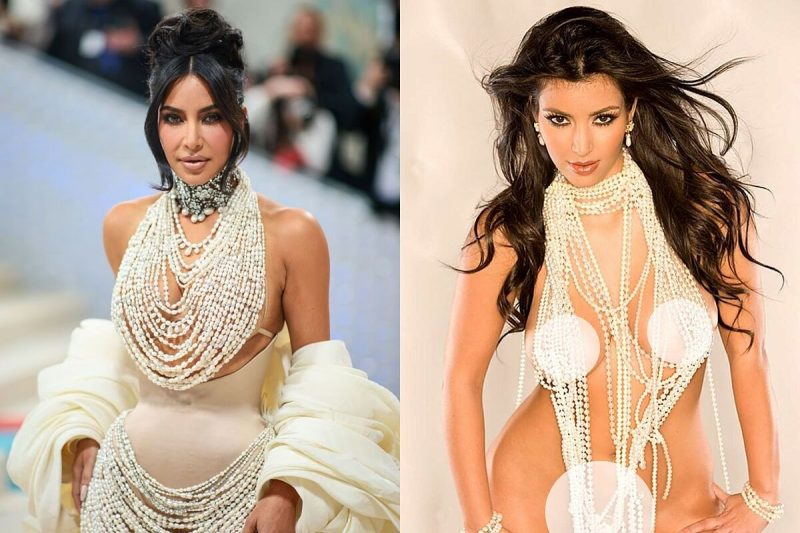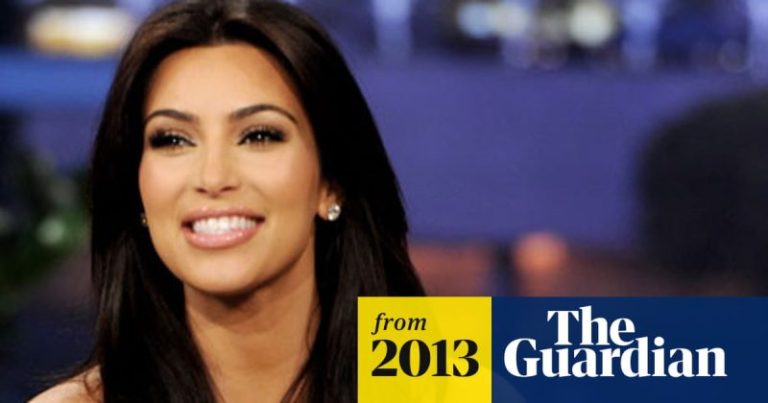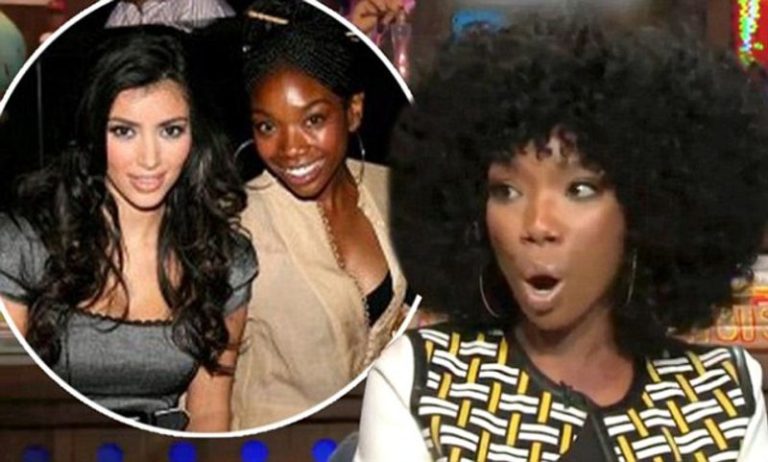The Controversial Kim Kardashian Playboy Cover: A Bold Statement or Objectification?
Kim Kardashian, a name that has become synonymous with controversy and media frenzy, has once again made headlines with her recent appearance on the Playboy cover. The reality TV star turned businesswoman has always been known for pushing boundaries and challenging societal norms, but her decision to pose for Playboy has sparked intense debate and raised questions about empowerment, objectification, and the role of women in the media.
It is impossible to discuss the Kim Kardashian Playboy cover without acknowledging the significant impact it has had on popular culture. The release of her photoshoot in 2007 was met with both fascination and outrage. Some applauded Kardashian for embracing her sexuality and body positivity, arguing that she was taking control of her image and using it to empower herself. Others, however, criticized her for perpetuating harmful stereotypes and contributing to the objectification of women.
Empowerment or Objectification: The Polarizing Views
Those in favor of Kardashian’s Playboy cover argue that she was reclaiming her sexuality and embracing her body on her own terms. They contend that she was not coerced or forced into doing the shoot, but rather made a conscious decision to showcase her confidence and celebrate her curves. To them, it was a bold statement of self-empowerment and an expression of her own agency.
On the other hand, critics argue that the Kim Kardashian Playboy cover perpetuated harmful beauty standards and objectified women. They argue that her decision to pose nude reinforced the notion that a woman’s worth is primarily based on her physical appearance and sexual desirability. Critics further contend that such images contribute to the objectification and commodification of women, reducing them to mere objects of male desire.
Shifting Paradigms: The Evolving Perception of Female Empowerment
As society continues to grapple with issues of gender equality and representation, the perception of female empowerment has evolved. While some argue that displaying one’s body can be a form of empowerment, others assert that true empowerment lies in breaking free from societal expectations and challenging the objectification of women.
It is important to note that Kim Kardashian’s Playboy cover came at a time when discussions about body positivity and inclusivity were gaining momentum. Many argue that her decision to pose nude was a reflection of her own journey towards self-acceptance and body confidence, rather than a deliberate act of objectification. In her own words, Kardashian has repeatedly stated that she feels empowered by her sexuality and embraces her curves.
The Complexity of Choice and Agency
Debates surrounding the Kim Kardashian Playboy cover ultimately raise larger questions about choice and agency. Can a woman’s decision to display her body be considered empowering, or does it inadvertently reinforce harmful societal norms? Is it possible to separate personal empowerment from the larger context of objectification that women face in the media?
It is crucial to recognize that the perception of empowerment varies from individual to individual. What may be empowering for one person could be perceived as objectifying by another. The complexities of choice and agency cannot be easily distilled into a black-and-white narrative.
A Continuing Conversation
The discussion surrounding the Kim Kardashian Playboy cover will likely continue to divide opinions. It is a testament to the challenging and nuanced nature of topics related to female empowerment, objectification, and the role of women in the media. As society progresses, it is essential to engage in these conversations with empathy, respect, and a willingness to consider multiple perspectives.
Ultimately, the Kim Kardashian Playboy cover serves as a reminder that issues of empowerment and objectification are deeply intertwined. It is up to us as consumers of media to critically analyze and question the images presented to us, while also honoring the diversity of experiences and opinions that exist. Only through ongoing dialogue and a commitment to change can we hope to foster a more inclusive and empowering media landscape for women.






